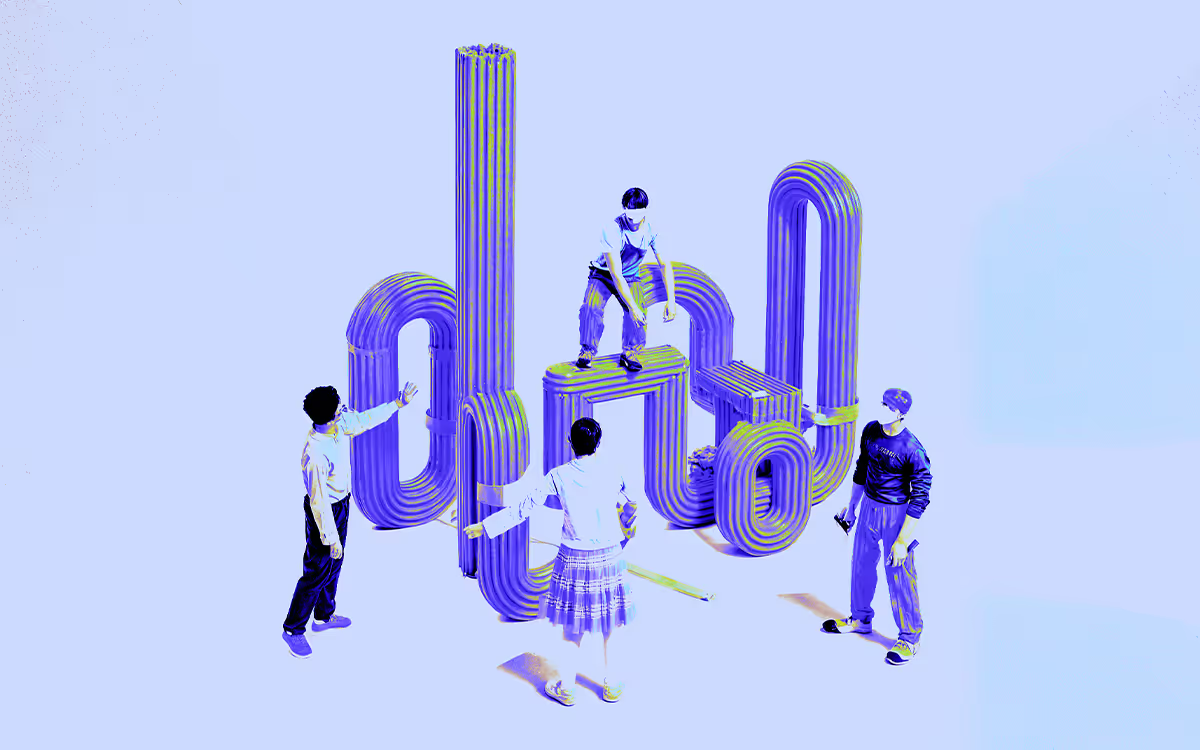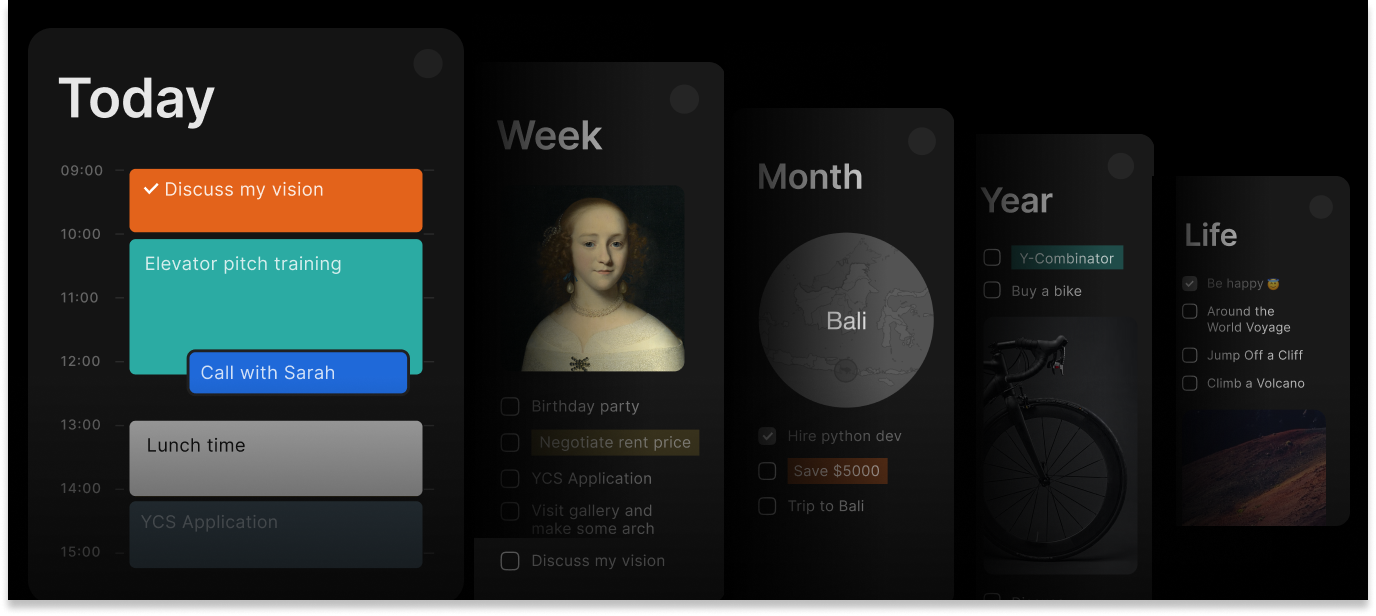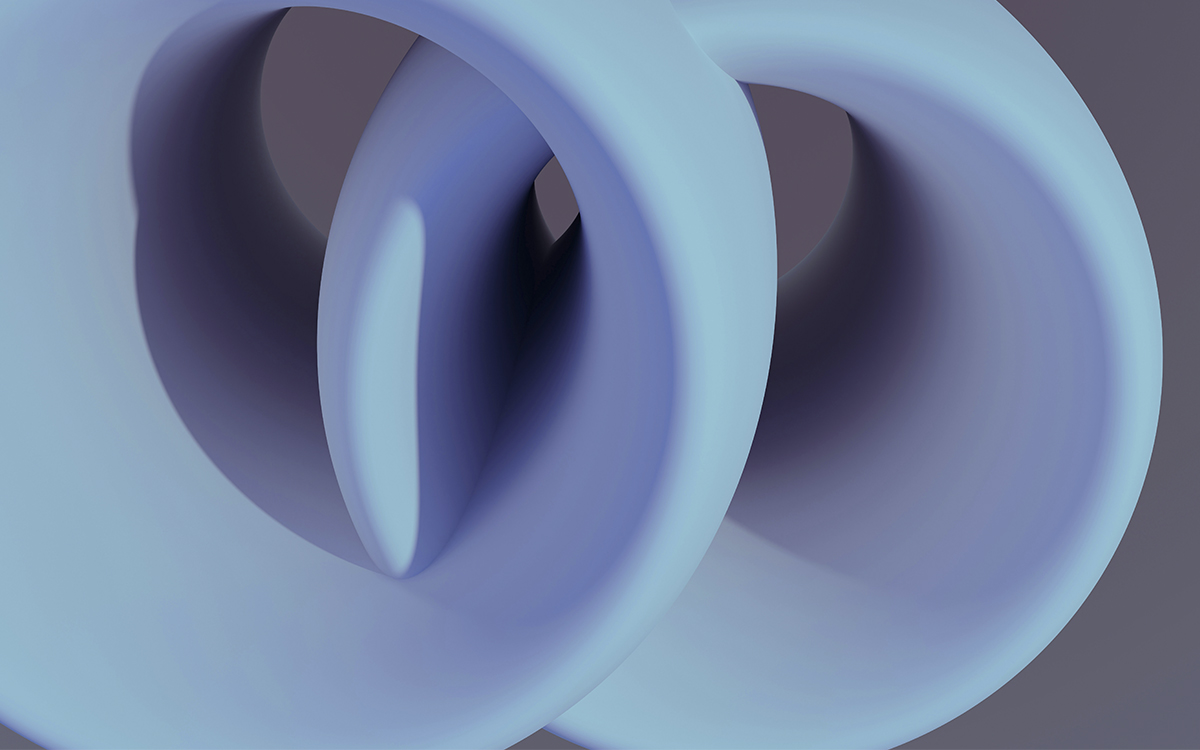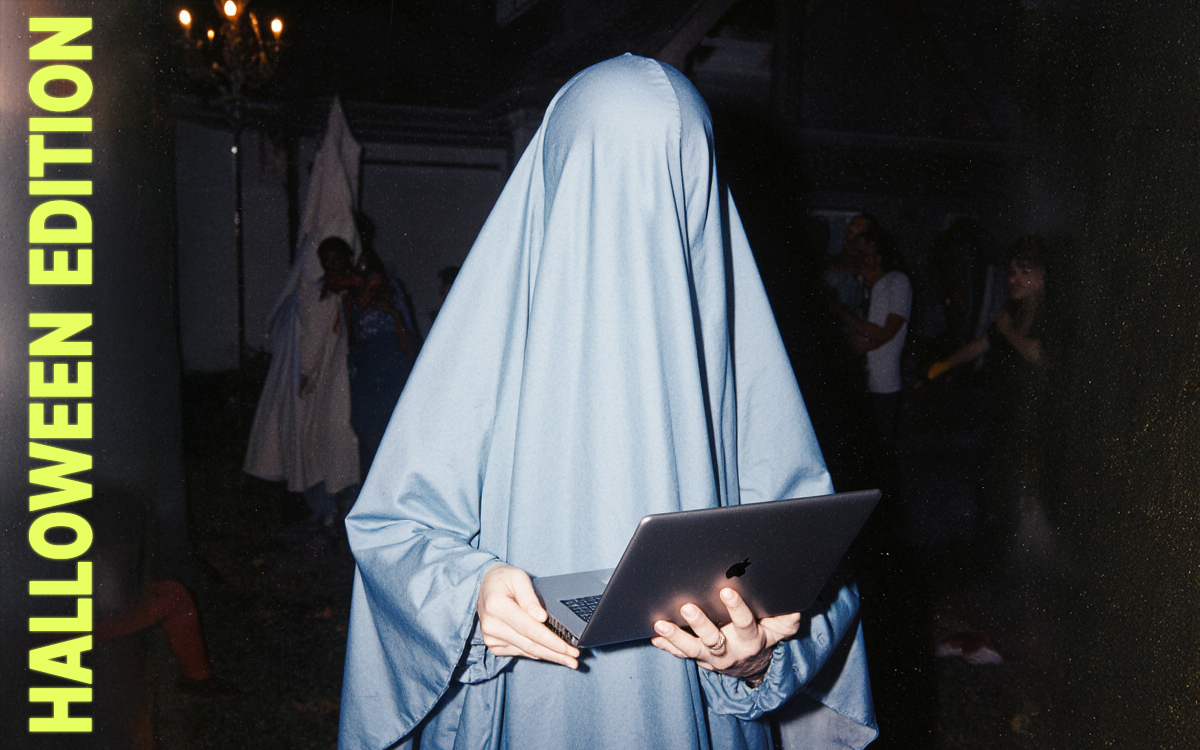5 Unconventional Tools for Creative Teams in 2025 (Beyond Figma & Notion)

Creative teams in 2025 need more than Figma and Slack. While everyone uses the same mainstream creative collaboration tools, innovative teams are discovering unconventional platforms that transform how they ideate, organize knowledge, and execute creative projects.
If you’re a creative director, designer, or team lead searching for project management tools that enhance creativity rather than just manage tasks, this guide covers five game-changing platforms most creative professionals haven’t discovered yet.
1. Are.na: The Anti-Social Network for Creative Research
Best for: Design teams, creative strategists, brand developers
Key feature: Interconnected visual research channels
Pricing: Free with premium options
The Unconventional Angle
Forget Pinterest's algorithm-driven chaos. Are.na is a deliberate, contemplative space for collecting and connecting ideas—a digital studio wall that thinks with you.
Why It’s Genuinely Different for Creative Workflows?
Are.na calls itself a platform for “building knowledge,” and creative teams are using it as a collective brain. Unlike traditional mood boards, Are.na’s “channels” and “blocks” can be interconnected, creating a web of references, inspirations, and research that reveals unexpected connections.
A creative team might have channels for “Typography That Whispers,” “Brands That Trust Silence,” “Colors We Keep Returning To,” and “References for Client X.” As team members add content, patterns emerge organically. That obscure Japanese poster connects to a brutalist building connects to a fashion photograph—suddenly, you’ve discovered a visual thread that becomes your next campaign’s DNA.
The platform has no ads, no engagement metrics, no dopamine-hijacking notifications. It’s intentionally slow, which makes it radical in 2025. Design teams report that Are.na becomes a shared creative vocabulary, where new members can explore the collective aesthetic intelligence the team has built over years.
The Unconventional Use Case
Create private “research channels” for each project that become living archives. Years later, when a client returns, you can revisit not just the deliverables but the entire thinking process—the rabbit holes, the rejected directions, the inspiration that shaped the work.
2. Timestripe: When Your Calendar Becomes Your Creative Strategy
Best for: Creative agencies, design studios, in-house creative teams
Key feature: Multi-horizon time planning (daily to lifetime)
Pricing: Free model available
The Unconventional Angle
Most project management tools treat time as containers to fill with tasks. Timestripe flips this—it treats time as a creative medium itself, a canvas where your team’s aspirations take shape across multiple horizons simultaneously.
Why Creative Teams Love It
Creative professionals live in a strange temporal space. You’re simultaneously sketching concepts for next week’s pitch, developing a brand identity that launches in three months, and nurturing a creative vision that might take years to fully realize. Traditional workflow tools flatten this complexity into a single timeline. Timestripe embraces it.
The platform operates across five time horizons—from today to lifetime—allowing teams to work on immediate deliverables while keeping their north star visible. A junior designer can see how mastering motion graphics this quarter connects to leading animation projects next year. A creative director can map how this month’s client work funds the experimental passion project they’re building toward.
What makes Timestripe unexpectedly powerful for creative collaboration is how it handles the messy reality of creative work: ideas that need to marinate, skills that develop over time, relationships that mature into collaborations. This approach is key to helping teams mature and learn.
The Unconventional Use Case
You can use Timestripe as a tool for creative career development. Map each team member’s creative aspirations alongside project work, creating a culture where personal creative growth and business objectives genuinely align.

Boost your team's performance
Track productivity metrics and optimize workflows in Timestripe
Get Started3. Obsidian: When Your Team Notes Start Thinking Back
Best for: Content teams, creative strategists, knowledge workers
Key feature: Graph-based interconnected notes
Pricing: Free for personal use, paid for commercial teams
What if your team’s creative documentation wasn’t stored in folders, but existed as an interconnected graph of ideas that could reveal patterns you didn’t know existed?
Why Creative Professionals Are Switching
Obsidian is technically a note-taking app, but creative teams are using it as a “second brain” for collective thinking. Built on plain text markdown files, it creates a local-first knowledge base where notes link to other notes, forming an ever-growing web of creative intelligence.
Unlike cloud-based collaboration tools that lock your content into proprietary formats, Obsidian gives you true ownership. But the magic is in the “graph view"—a visual map of how your team’s ideas connect. You can literally see how the concept from last year’s rejected pitch relates to this week’s brainstorm for a completely different client.
Creative strategists are building “creative ontologies"—interconnected systems of creative principles, brand archetypes, visual languages, and strategic frameworks that compound over time. A junior copywriter can explore “tone of voice” and discover threads leading to past campaigns, client preferences, cultural references, and writing techniques.
The Unconventional Use Case
Use Obsidian as a “creative pattern library.” Instead of just documenting what you made, document why creative decisions worked or failed. Tag emotions, cultural contexts, visual principles. Over time, you build a queryable creative intelligence that helps teams make better instinctive decisions.
4. Gamma: Presentations That Actually Respect Your Audience
Best for: Creative pitches, client presentations, portfolio showcases
Key feature: AI-assisted presentation design
Pricing: Freemium with paid tiers
The Unconventional Angle
What if creating pitch decks and presentations wasn’t about wrestling with slide templates, but about articulating ideas that automatically shaped themselves into compelling visual narratives?
Why It’s Different from Traditional Tools
Gamma uses AI not to replace creative thinking but to handle the tedious formatting that drains creative energy. You outline your pitch structure, add your content, and Gamma generates polished presentations that feel designed, not templated.
But here’s what makes it transformative for creative workflows: it breaks the tyranny of the slide. Gamma presentations can be continuous scrolling experiences, interactive documents, or traditional decks—whatever serves the idea best. Creative teams are using it to create “living pitch documents” that evolve as concepts develop, eliminating the disconnect between the messy, exciting creative process and the polished final presentation.
The collaboration features mean multiple creatives can contribute simultaneously—writers adding copy while designers adjust visual hierarchy while strategists refine messaging. It’s less “death by deck” and more “thinking made visible.”
The Unconventional Use Case
Use Gamma for internal creative reviews instead of traditional presentations. Create scrollable case studies that document the entire creative journey—from initial research through concepting to final execution—making it easier to extract learnings and build institutional knowledge.
5. Cosmos: Your Creative Team’s Visual Memory, Instantly Searchable
Best for: Design agencies, production studios, content creators
Key feature: AI-powered visual content search
Pricing: Subscription
The Unconventional Angle
Every creative team generates thousands of images, videos, references, and assets. What if you could find anything instantly using natural language, without filing systems or manual tagging?
Why This Changes Creative Asset Management
Cosmos is a visual browser that uses AI to understand the content of your files, not just their names. Search for “product photos with warm lighting” or “presentations about sustainability” and it finds them, even if those words never appeared in the file name.
For creative teams drowning in digital assets, this is revolutionary. That perfect reference image from two years ago? Found in seconds. The mockup variation the client almost chose? Retrieved instantly. The inspiration photo you know you saved somewhere? Cosmos knows where.
But the real power emerges when teams realize they can search by visual similarity. Upload a reference and find every asset in your library with similar composition, color palette, or mood. It becomes a tool for maintaining visual consistency across projects and discovering hidden connections in your own work.
The Unconventional Use Case
Use Cosmos as an “inspiration mining tool.” Regularly search your own archive using abstract concepts like “tension,” “playfulness,” or “nostalgia.” You’ll rediscover forgotten work that suddenly becomes relevant for current projects, and you’ll identify aesthetic patterns in your team’s output that can inform your creative positioning.
The Real Innovation Isn’t the Tools—It’s How You Use Them
Here’s the uncomfortable truth: giving a mediocre creative team cutting-edge tools doesn’t make them excellent. But giving an ambitious creative team the right collaboration tools removes the friction between imagination and execution.
The platforms above share a common philosophy—they enhance human creativity rather than trying to automate it. They reduce administrative burden without reducing creative control. They facilitate collaboration without forcing everyone into identical workflows.
Building Creative Toolkit for Your Team
The most effective creative teams curate their toolkit like they curate their portfolio—thoughtfully, with clear intentions, and always willing to experiment with the unconventional.
- Start with Pain Points
- Embrace Tools That Compound Over Time
- Champion Tools That Respect Attention
- Experiment in Small Teams First
Don't adopt project management tools because they're trendy. Adopt them because they solve a specific creative problem your team faces. Is your team drowning in disorganized references? Try Are.na or Cosmos. Struggling to connect daily work with long-term creative vision? Explore Timestripe.
The best creative collaboration tools become more valuable as you use them. Obsidian's graph grows richer with every note. Are.na's channels reveal deeper patterns with more content. Look for tools that build creative capital, not just manage current projects.
Creative work requires deep focus. Avoid tools that gamify productivity or send constant notifications. The unconventional tools above understand that creativity needs space to breathe.
Don't force tool adoption across your entire creative department. Let a small team experiment, discover unexpected use cases, and become advocates. Grassroots adoption always works better for creative teams than top-down mandates.
FAQ: Unconventional Tools for Creative Teams
What are the best project management tools for creative teams in 2025?
The best tools depend on your team’s specific needs. For strategic planning combined with daily execution, Timestripe offers unique multi-horizon visibility. For visual research, Are.na beats traditional mood boards. For knowledge management, Obsidian creates interconnected creative intelligence. Choose based on your biggest workflow pain point.
How do creative teams manage remote collaboration effectively?
Modern creative teams use a combination of specialized tools: Are.na for shared research, Obsidian for team knowledge, Gamma for collaborative presentations, and platforms like Timestripe to ensure everyone understands how their work connects to larger goals. The key is choosing tools that enhance creativity rather than just track tasks.
What tools do professional designers use for research and inspiration?
Beyond Pinterest, innovative designers are using Are.na for interconnected research channels, Cosmos for searching their own visual archives, and Obsidian for linking conceptual references. These tools help designers build deeper creative intelligence rather than just collecting pretty pictures.
Are these tools better than Figma, Notion, or Asana for creative work?
They’re not replacements, they’re complements. Figma remains essential for design work. Notion is excellent for documentation. But the tools covered here solve problems that mainstream platforms don’t address: multi-horizon planning, interconnected knowledge, AI-powered asset search, and contemplative research.
How much do these creative collaboration tools cost?
Most offer freemium models: Are.na and Obsidian have free tiers suitable for small teams, Timestripe offers free personal use, while Gamma and Cosmos operate on subscription models. Many creative teams find the productivity gains justify the investment.
The Future Is Already Here (Just Unevenly Distributed)
While most creative teams are still arguing about Slack versus Teams, the most forward-thinking creative professionals are already operating in a different paradigm—one where tools augment creativity without constraining it, where collective intelligence compounds over time, and where the friction between thinking and making continues to diminish.
The collaboration tools highlighted here represent this new approach to creative work. They’re not perfect, and they won’t all survive. But they point toward a future where creative teams spend less time managing their workflow and more time doing what they’re actually paid for: creating things that make people feel something, think differently, and see new possibilities.
The question is whether your team has the creative courage to work differently than everyone else—because that’s exactly the mindset that produces unconventional creative work.
Ready to Transform Your Creative Team’s Workflow?
Start with one tool that addresses your biggest pain point. If strategic alignment is your challenge, try Timestripe. If knowledge organization needs work, explore Obsidian. If visual research feels chaotic, discover Are.na.
Read next



